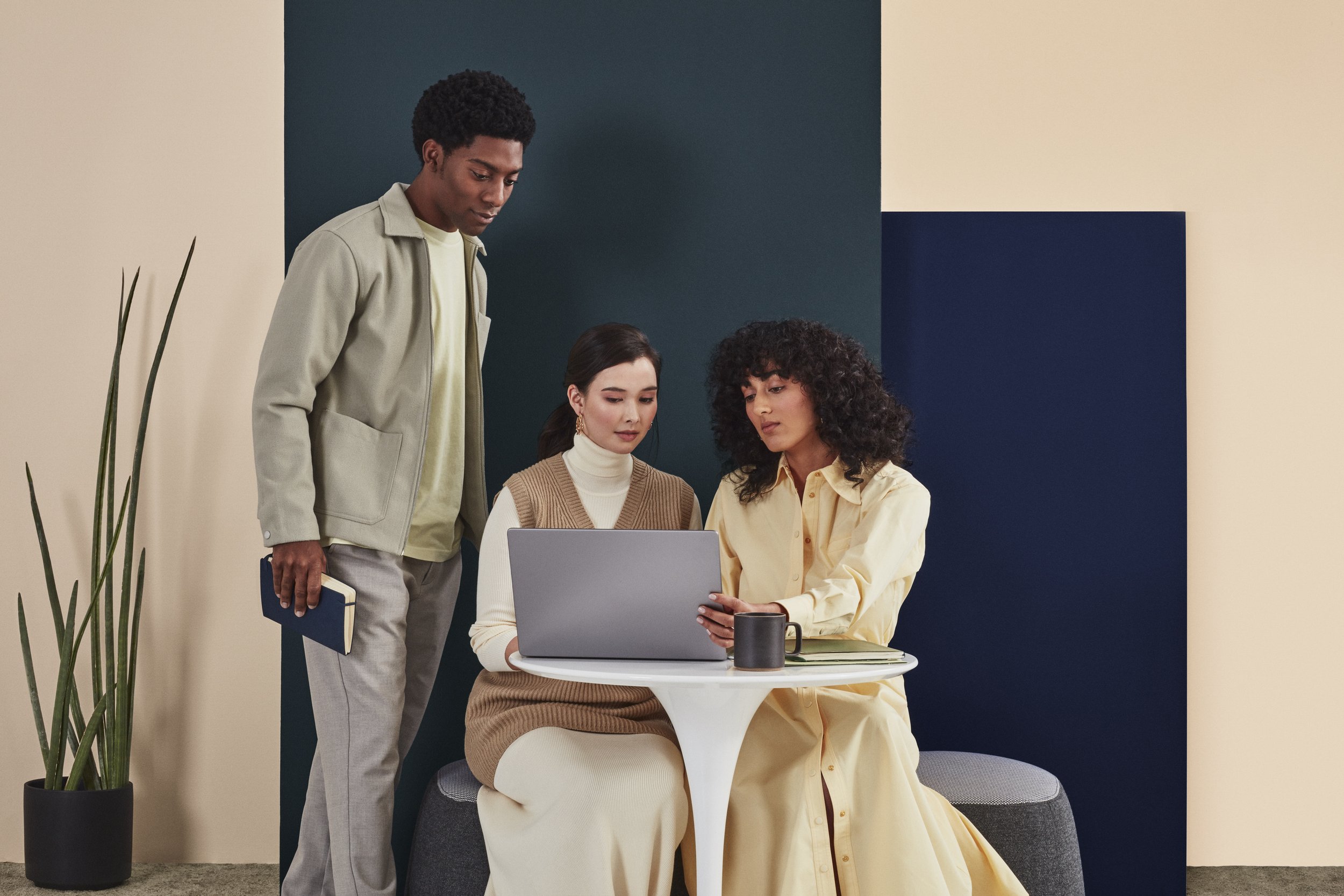Tips for Learning Digital Art and Design
Familiarization with basic tools and software: popular programs like Adobe Photoshop, Illustrator, and Procreate are industry standards and offer a wide range of tutorials for beginners. Take advantage of these resources to understand the fundamental functions, such as using layers, brushes, and vector tools. Online platforms like YouTube, Skillshare, and Coursera provide comprehensive courses that can guide you through the basics and help you create your first digital artworks.
Developing foundational art skills: Digital art, like traditional art, relies heavily on principles such as color theory, composition, and anatomy. Practice sketching regularly to improve your drawing skills and try to replicate simple objects or scenes to understand proportion and perspective. Don’t be afraid to experiment with different styles and techniques to find what resonates with you. Many artists find it helpful to follow tutorials or participate in art challenges to stay motivated and continuously improve their skills.
Online communities and seek feedback from other artists: Websites like DeviantArt, ArtStation, and social media platforms provide spaces where you can share your work, receive constructive criticism, and learn from more experienced artists. Engage in discussions, ask questions, and observe the work of others to gain insights and inspiration. Remember, learning digital art and design is a gradual process that requires patience and persistence. By continually practicing, seeking knowledge, and engaging with the art community, you can steadily improve your skills and develop your unique artistic voice.
-
Add a short summary or a list of helpful resources here.
